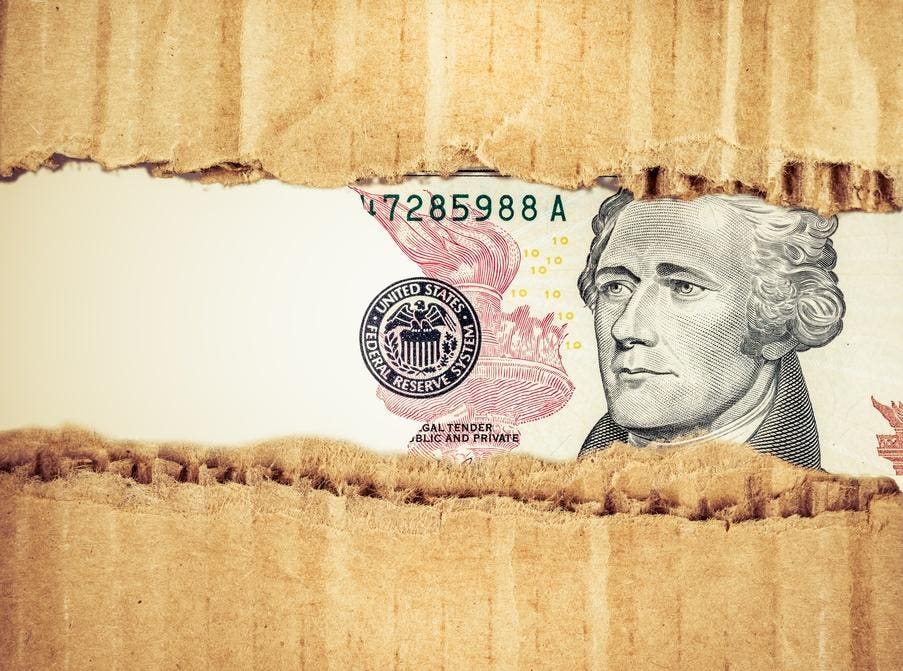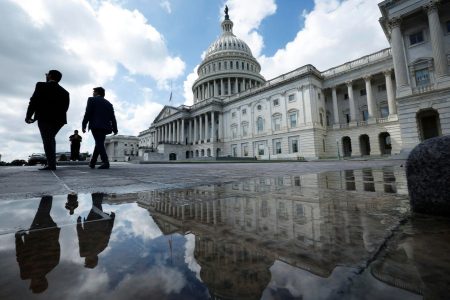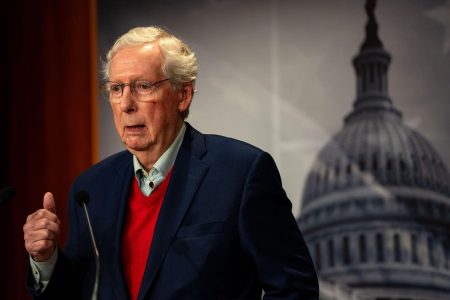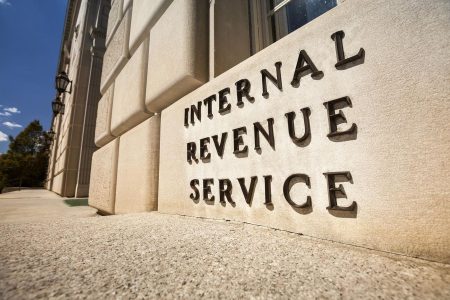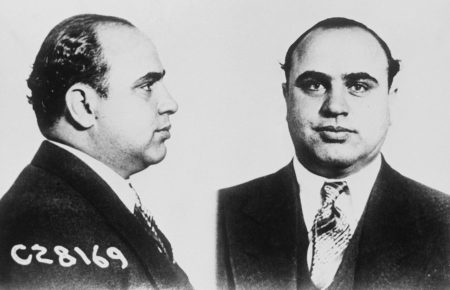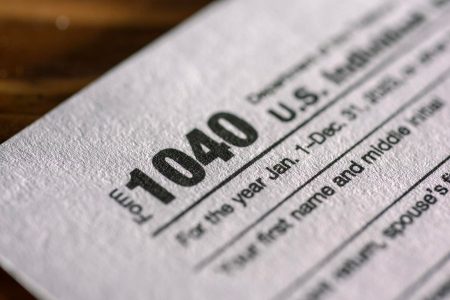In this video, Tax Notes contributing editors Robert Goulder and Joseph J. Thorndike explore the history of tariffs in the United States, all in five minutes.
This transcript has been edited for length and clarity.
Robert Goulder: When it comes to evergreen political topics, few have more staying power than international trade. Americans have been arguing over trade policy, and tariffs in particular, ever since Alexander Hamilton was running the Treasury department. In fact, the second law ever passed by Congress was a tariff law, and it was controversial, just like all of those that have come after it.
I’m Bob Goulder, contributing editor with Tax Notes. Together with tax historian Joe Thorndike, we’re going to walk through a brief history of tariffs in the United States. Joe, to get started, tell us about that very first tariff law back in 1789.
Joseph J. Thorndike: All right. Well, James Madison introduced that tariff bill when he was in the House, and he wanted it to pass quickly, putting off a battle over the purpose of import duties.
Everyone agreed on the need for revenue, and tariffs were the easiest way to get it, but lawmakers were divided on the second question: “Should tariffs be used to protect domestic manufacturers from foreign competition?” Madison pleaded with his colleagues to not fight, but when has Congress ever declined to take it easy on each other? So Madison got his quick and dirty tariff, but the House got a good fight over protectionism, the first of many to come.
Robert Goulder: It sounds like tariffs have always been politically sensitive, Joe. Why? Why are we always arguing about them?
Joseph J. Thorndike: All right, well, back to Douglas Irwin. He’s the leading historian of American trade. He’s given us a good answer. He says that “trade policy affects prices in the domestic market, shaping the allocation of a nation’s resources.” So basically, tariffs make some people richer and some people poorer, and that’s a recipe for conflict.
And here’s a related point about tariffs: someone has to pay them. Legally, they’re levied on importers, but they often get shifted to U.S. consumers and businesses, and that’s controversial.
Robert Goulder: You mentioned justifications. There’s two of them really: There’s the revenue raising potential, and then there’s protection for certain industries. Have those two reasons, have they always shared the stage?
Joseph J. Thorndike: Well, back to Douglas Irwin, he’s identified three principle objectives for trade policy and three corresponding eras in U.S. trade history, and he calls them “the three R’s”: revenue, restriction, and reciprocity.
So first, politicians have used trade policy to raise revenue. Tariffs produce revenue just like other taxes. Second, they’ve used tariffs to restrict imports and protect domestic industries. And third, they’ve sometimes focused their trade policy on actually lowering tariffs, mostly by negotiating reciprocity deals with other countries. These three goals, they’ve never been exclusive, like you said, but each one has dominated for long stretches.
So during the first era from 1789 to the Civil War, tariffs were used for revenue mostly. The young United States, they used that cash to pay its bills. But over this first long period, tariffs, they provided about 90 percent of the federal government’s total revenue.
Now, in the middle of that period, there was a famous episode where the northern states tried to make a bid to raise tariffs, looking for more protection, but the South, with very little manufacturing but lots of agricultural goods that they wanted to export, they had little to gain and much to lose. So southern states, they fought back, and they got their way. The average tariff rate ended up around 20 percent.
Robert Goulder: Well, what happened? Why did that first period of moderate tariff rates come to an end?
Joseph J. Thorndike: So war is the answer. The second period lasted from 1861 to 1933, and it focused on restriction, with politicians using tariffs to shield domestic industries from foreign competition.
Because when the South left the Union, Yankee lawmakers, they were free to enact that tariff they’d always wanted. And they boosted the average tariff rate to 50 percent, up from the 20 percent before the Civil War. And it stayed there. Stayed there until 1934, when the third era begins under President Franklin Roosevelt. Policymakers began focusing trade policy on actually lowering trade barriers and tariffs in particular.
So basically, the U.S., they thought they could win a fair fight. We didn’t need protection. Our industries could dominate on their own. And thanks to the modern income tax, which shows up in 1913, the feds didn’t need tariffs for revenue anymore either. So tariffs, they fall dramatically, and they stay low for the rest of the 20th century.
Robert Goulder: All right, I got to ask you, Joe, any chance that we are entering a new fourth era in tariff policy?
Joseph J. Thorndike: Well, for a long time after World War II, Democrats and Republicans didn’t really fight about trade, they almost all favored lower tariffs. But that consensus started to fade in the 1990s with a big fight over the North American Free Trade Agreement, which was eventually passed but not without a lot of bitterness.
By 2016, Donald Trump, he was able to capitalize on that growing discord about trade, promising to use higher tariffs to protect jobs, and he followed through on a lot of that. Trump’s victory in 2016, it might signify the start of a new era, especially since a lot of Democrats seem to be sort of sympathetic to trade restriction. So it’s early, but I say yes, it might be a new era.
Robert Goulder: And there you have it, a brief history of U.S. tariff policy in just five minutes. Thank you, Joe Thorndike, and thank you for watching.
Read the full article here







